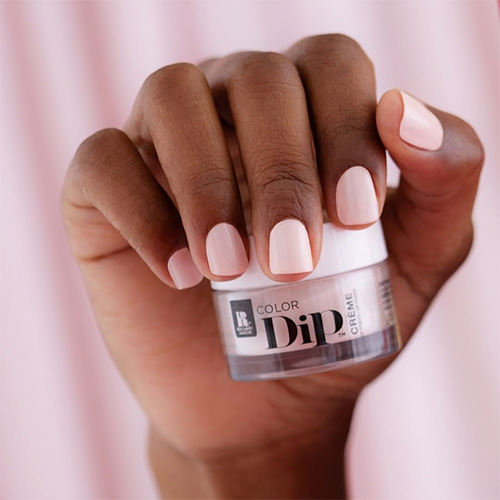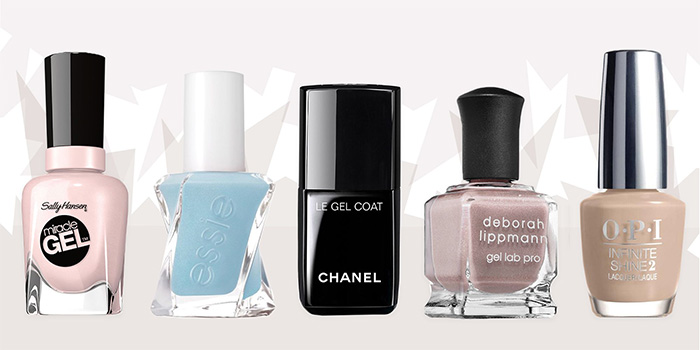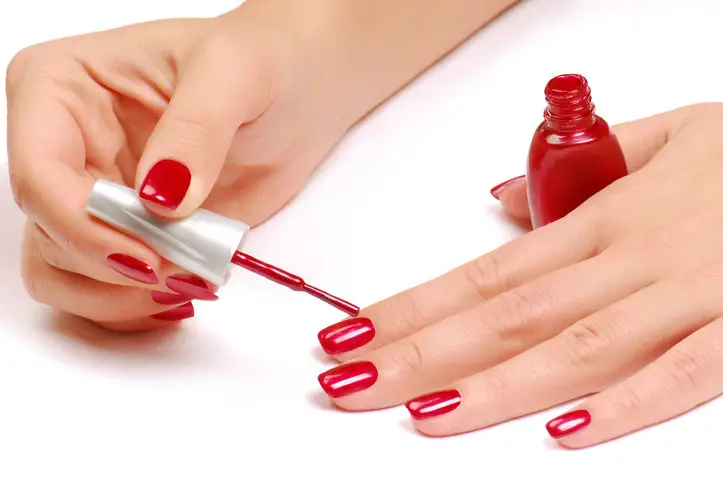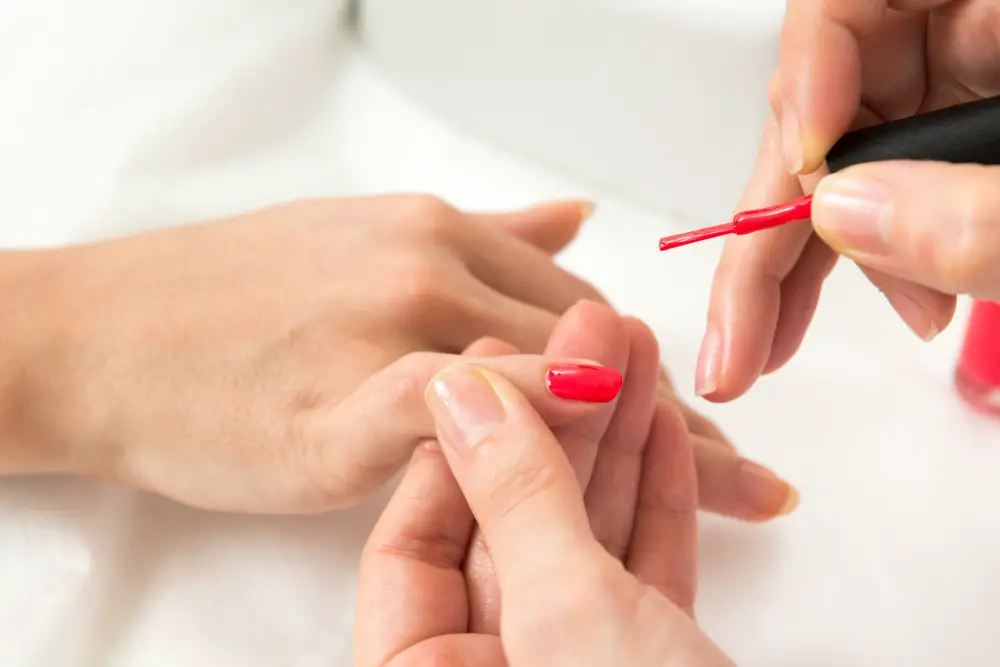Painting nails is a beauty trend that’s been established for decades. It brings a hint of elegance to hands and women love it! But do you know there are some downsides to applying nail polish?
There are ingredients in your nail polish that can be harmful. It can affect your body. Scientists still don’t know to what extent it can be hazardous. It’s still good to take precautions before it’s too late right?
If you have 2 minutes to spare, read along! We’re ready to give you some useful information. You’ll also know what measures you can take.
What Are the Toxic Ingredients in Nail Polish?
Nail polish has lots of harmful chemicals but toluene, formaldehyde, and DBP are the most toxic among them. These 3 are called toxic trio for some reason. Let’s see what harm they can do to your nails.
Toluene
Toluene is a chemical compound that has a distinct strong odor. This solvent is used in nail polishes to give them that silky smooth finish every woman desires. While this solvent allows you to show off your beautifully glossy nails, it’s also harming your health.
Toluene has the potential to cause cancer. Pregnant women use nail polishes containing toluene. It might pose a severe health danger to the developing fetus. When breathed, it produces neurological problems in users.
Also, it irritates the eyes, throat, and lungs. When polished on nails, it can leak through the nail bed and enter your body.
An Interesting fact: toluene can be hazardous if it’s present in concentrations higher than the legal limit of 50%. Most nail polishes don’t exceed this limit.
Formaldehyde
Formaldehyde is next on the list after Toluene. Formaldehyde is generated in our bodies, but only in small amounts. It’s hazardous only if used in a larger quantity.
It’s added to the polish as a preservative and to make it harder and less brittle. It makes the nail polish linger longer on the nails and prevents chipping.
Both in the body and in the environment, it’s broken down and metabolized rapidly. It’s more of a threat to salon employees and workers in nail polish production plants.
It’s not that dangerous to consumers. Not to mention, you’ll indirectly assist the employees. Only if you buy less nail polish, they’ll consume less formaldehyde.
Long-term exposure to formaldehyde can result in cancer or respiratory damage.
DBP
DBP (dibutyl phthalate) is a plasticizer that is used as a solvent. This is also used to make the nail polish less brittle like formaldehyde.
DBP causes hormonal imbalance by imitating the actions of the hormone estrogen in the body. It’s known to cause endocrine system disruption. DBP is carcinogenic, much like the other components. It has the potential to induce developmental problems in children and harm them.
Others
Apart from the chemicals listed above, other harmful chemicals are also present.
Formaldehyde resin (a formaldehyde derivative) and camphor are two more potentially hazardous compounds found in nail polishes. They’re notorious for inducing skin toxicity and inflammation.
Camphor, in particular, is not as lethal as the others. However, breathing camphor can lead to an overabundance of the substance in the body. As a result, headaches, nausea, and dizziness can occur.
Different Types of Nail Polish We Use And Their Effects
Women all over the world use various types of nail polish. It depends on their affordability. Also how long they’d want the polish to last on their nails. Let us help you give a clear idea.
Powder
A bonding polish is utilized as an adhesive for the polish in this manicure. Then, you either dip the nail into the powder or brushing it on, this is how the acrylic powder is applied. After that, an activator is used. Activator helps to leave a hard shell.

Effects: Sanitation can be an issue. But only if a lot of people dip their nails in the power. This can spread bacteria and fungi. Also, the nail polish removing process is a bit hectic on nails. An electric file is used and it can destroy nail plates and cuticles.
Gel
Gel polish is applied and then “cured” under a light, which quickly dries and hardens the polish. Photopolymerization is used to cure nail polish. UV is emitted by the majority of curing lights.

Effects: UV light is responsible for aging, cellular damage, and skin disease. So long-term exposure to UV light is bad for the body. The nail polish removal process can ruin your nail plates. Because of excessive buffing, scraping, and peeling. Wearing gel nail polish for a long period of time can cause dryness to nails.
Traditional
The traditional nail polish is applied to the nail plate in numerous layers. And then allowed to dry naturally. Nail polish is a polymer that has been dissolved in a solvent. During the drying process, the solvent evaporates. Then the polymer hardens.

Effects: Some darker colors can cause temporary discoloration.
Our Suggestion To You Regarding Applying Nail Polish
So, by now, you’ve read some of the harmful components of nail polish. And not to mention the removal process of nail polish can be destructive.
So does it mean you’ll stop applying nail polish? No, here are some suggestions you can follow.
- You can use 5 free or 7 free traditional nail polishes. Usually, harmful substances are absent in this nail polish. If it’s unavailable, go for a 3 free nail polish. The most hazardous components are not used in it.
- Go for organic or natural nail polish. They’re animal cruelty-free. And good for the environment.
- Don’t breathe in nail polish fumes for a long time. When you apply nail polish, it’s good to use a mask.
- Take intermittent breaks from nail polish.
- If you use a UV lamp to apply gel nail polish, apply sunscreen on your hands. Do this 20 minutes prior to application. You can also wear fingerless gloves.
- Don’t bite your nails when you’re wearing nail polish.
- Eat oats, it’s good for your nail health. Also, apply vegetable or nut oil to your nails.
So, what are your thoughts about applying nail polish now? Will you continue to do so with proper measures taken?
Let us know in the comments. Take care of yourself and your nails!
- Crochet Braid Hair Cost: Hope for a Style to Slay!! - January 9, 2024
- Best Braid Pattern For Crochet: Hair-Styling Tips And Tricks - January 3, 2024
- How To Braid Hair For Crochet: Best Hair-Styling Tips! - December 26, 2023

